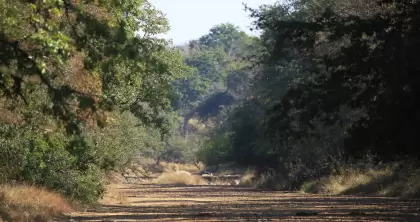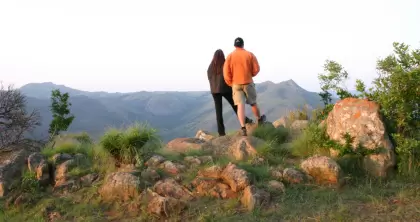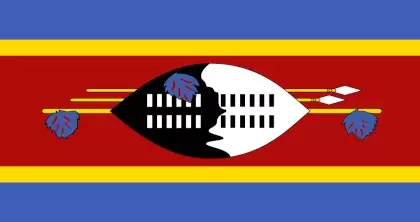Eswatini exudes an alluring charm that draws many travellers to experience its friendly people and fascinating heritage. Discover the Best time to visit Eswatini, an established tourist destination in its own right or in combination with a visit to the Kruger National Park, Durban or the Drakensberg mountains, Eswatini is an essential addition to any Southern Africa itinerary.
Browse our selection of Eswatini tours below which incorporate segments in South Africa and Mozambique. We can also modify these tours to suit your requirements so please let us know if you would prefer a tailor-made Eswatini tour.
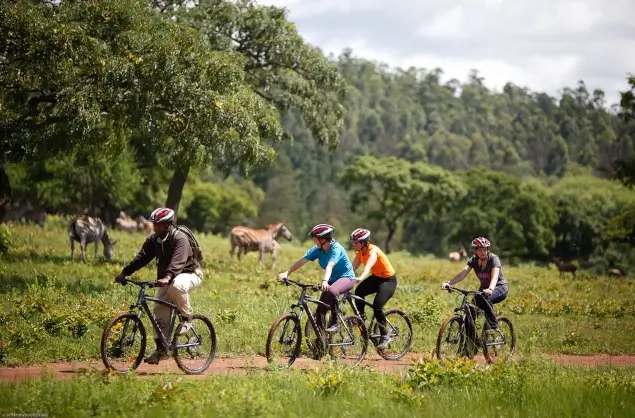
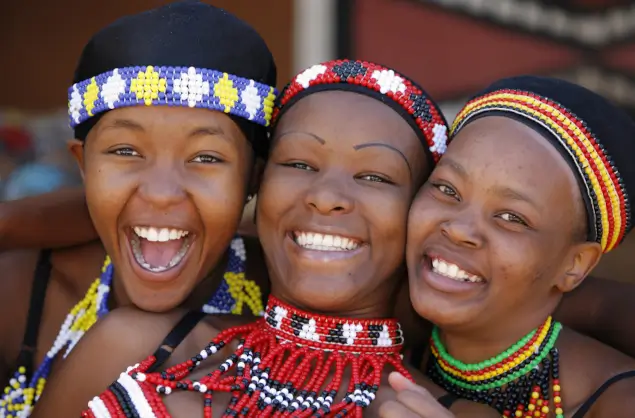
Eswatini is encircled by South Africa and Mozambique, and at around 200km/120mi from north to south and 130km/81mi from east to west it is possible to see Eswatini’s main highlights in a day or two. Four or five days are ideal, though, to really immerse yourself in the quaint villages, wildlife reserves, remarkable handcrafts scene and engage with the welcoming Swazi people and their fascinating cultural traditions. Officially titled The Kingdom of Eswatini, the nation is one of three enduring monarchies in Africa, along with Lesotho and Morocco. In 1986, at the tender age of 18, Mswati III was crowned as Eswatini’s King or ‘Ngwenyama’ making him the youngest reigning monarch at the time. Today, King Mswati III remains the current head of the Swazi Royal Family and the country’s head of state.
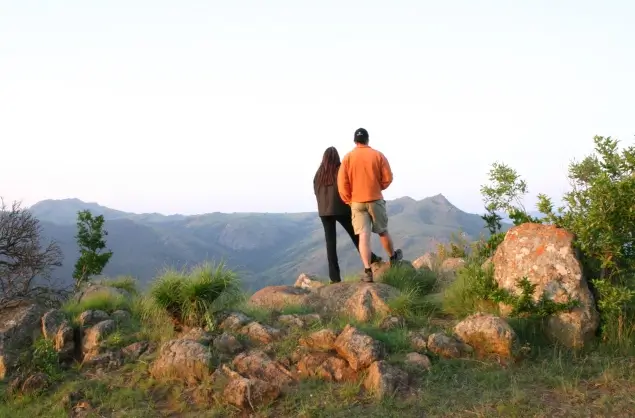
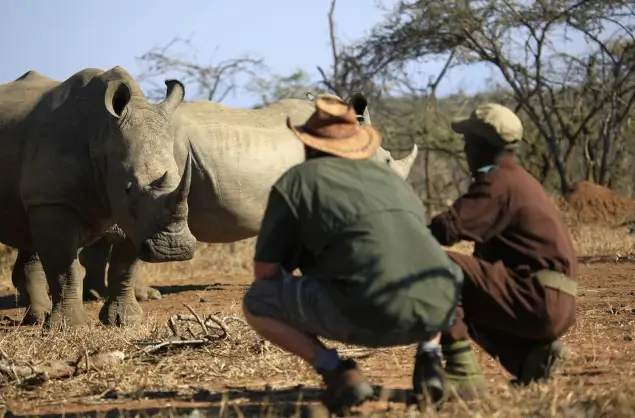
The climate and landscape of Eswatini are surprisingly diverse, ranging from cool, crisp highveld mountains to hot, dry lowveld where summer temperatures can reach 40°C/104°F. Most rainfall and thunderstorms occur during summer between November and March, and winters are pleasantly dry. Meandering along the gently winding roads past handsome rocky outcrops, bubbling rivers, thorn tree dotted grasslands and fields of swaying sugar cane, one cannot help but feel relaxed.
Wildlife and nature reserves are one of Eswatini’s specialties offering excellent species diversity and quality close encounters. Hlane Royal National Park and Mkhaya Game Reserve offer unforgettable African safari experiences and a chance of seeing a variety of wildlife including lion, elephant and white and black rhino. Mbabane is Eswatini’s largest city and capital, and the stunning Malkerns and Ezulwini Valleys between Mbabane and Manzini are well known for their exquisite locally made arts and handcrafts including candles, hand blown glassware, batik items, jewellery and woven baskets.
Practical Information
Read here for more practical information on Eswatini

